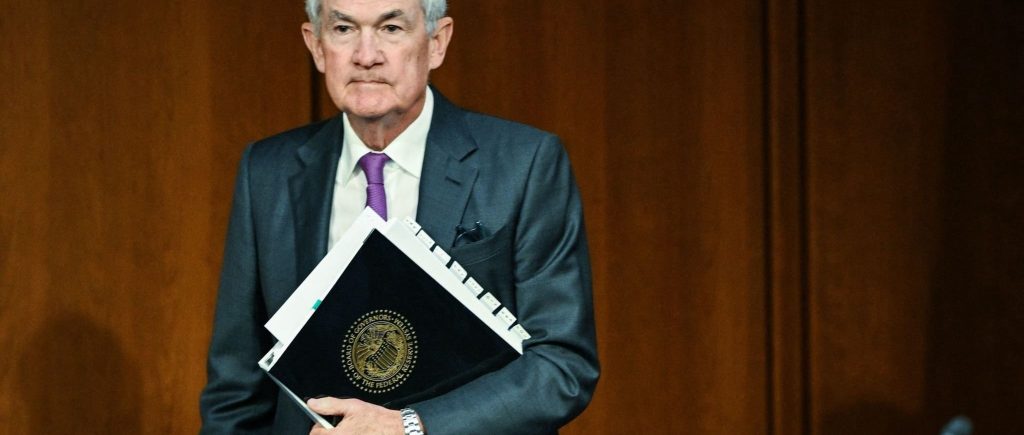As he gets ready to leave for San Francisco, Fed Chair Jerome Powell may want to discuss China’s plans with Chinese officials on how to avoid a prolonged deflationary slump. However, it is worth noting that 4 years ago, on the thirteenth of November 2019, Powell said it is hard to know what’s happening with China’s economy, in the context of commenting on ”slower global growth”.
“It is very hard to understand China,” Powell said four years ago before a congressional Joint Economic Committee in Washington. But, does his old statement apply to today’s situation?
More deflation in China’s exports may be the last thing the global economy needs, so Powell as well as other Fed policymakers should exercise extreme caution when evaluating this data point. The last time a summit prioritized China’s shortcomings over its strengths was in 1997, when the Asia Pacific Economic Cooperation (APEC) circus arrived in Vancouver.
At the time, US and IMF officials moved quickly to stop unrest in South Korea, Thailand, and Indonesia from spreading, especially to China. Officials at the time were concerned that Beijing would devalue its currency as well, setting off a fresh downward trend in exchange rates.
This explains why former Treasury Secretary Robert Rubin stopped in Beijing and discouraged the then Chinese leader Jiang Zemin from adding fuel to an already raging financial fire.
The events of 26 years ago offer important lessons, particularly as APEC moves into the western United States during a period when concerns about China’s vulnerability are at an all-time high. There’s hardly any new deflationary evidence.
The member of the financial elite with the biggest interest in China’s future is Powell, the head of the Fed. Powell, who is preparing to travel to San Francisco, is telling the markets that the Fed will not be afraid to raise interest rates again if the situation warrants it.
A disproportionate share of those conditions may be reliant on China, whose GDP is shrinking almost simultaneously with the likelihood of debt defaults rising.
Although few serious economists are betting on a Chinese crash, Xi Jinping is skilled at circling the financial waggons and managing volatile markets. It’s clear that China’s real estate market is in trouble, and Powell’s task is to figure out when the country’s emerging markets—including China—are at risk from excessive Fed tightening.
In 1997, the Fed’s fingerprints were all over Asia’s reckoning. the dollar’s rebound following a very aggressive cycle of tightening that rocked Asia in 1994 and 1995. Asia is desperately in need of capital to finance growth and prevent bond yields from rising, and the current dollar rally is attracting it. If there were more declines, it would be harder for China’s real estate developers to settle their foreign debt.
Since the world economy most likely doesn’t wany deflation from China’s exports, Powell and other Fed policymakers should proceed very cautiously. Powell has provided markets with an update on the current status, stating that policymakers are proceeding “carefully.” Michelle Bowman is one of the Fed governors who thinks that one more rate hike is required to ensure that inflation approaches the 2% target.

 Noor Trends News, Technical Analysis, Educational Tools and Recommendations
Noor Trends News, Technical Analysis, Educational Tools and Recommendations




